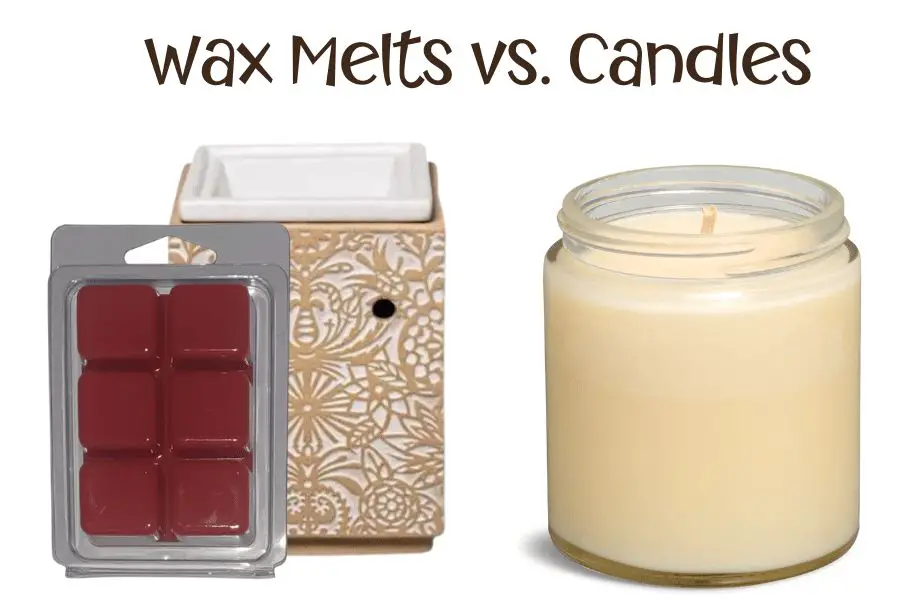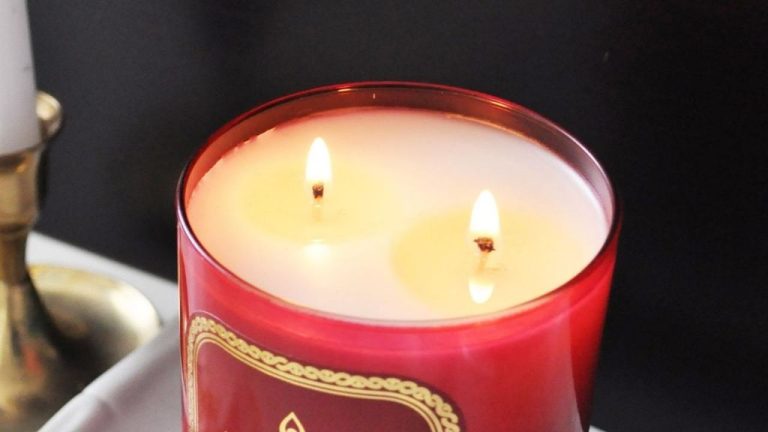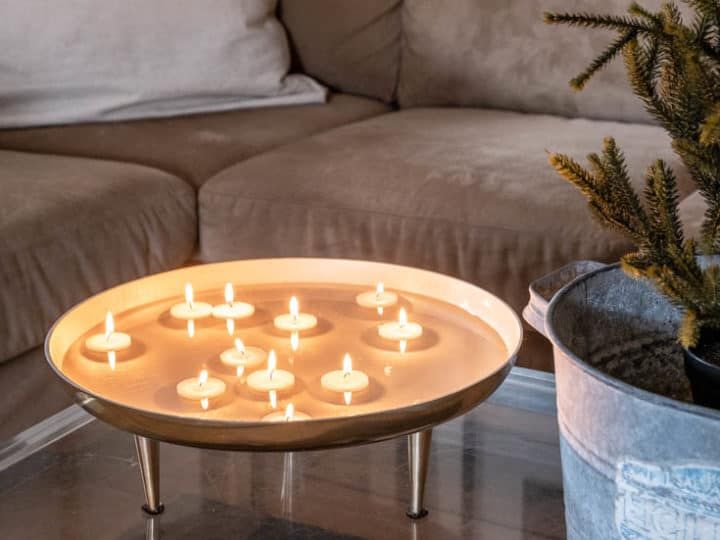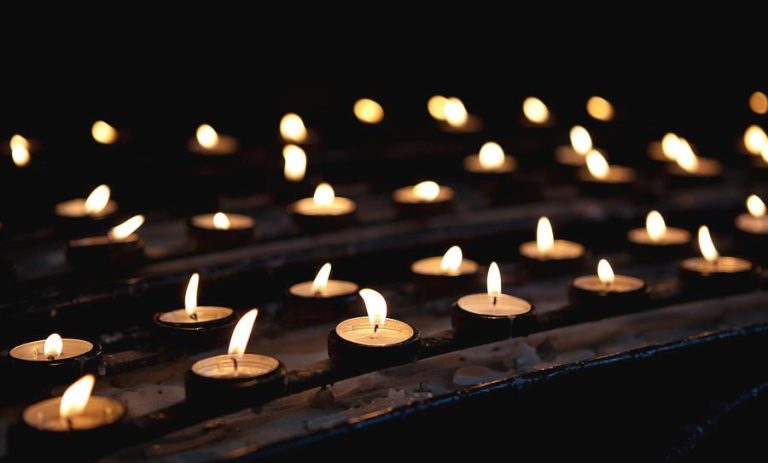Are Wax Burners Better Than Candles?
Both candles and wax burners allow you to fill your home with pleasant fragrances, but they work in different ways. Candles release scent by burning the wax, requiring an open flame. Wax burners use a heated ceramic plate or bulb to melt wax without burning it. While candles have a traditional appeal, wax burners offer advantages including more fragrance options, no risk of fire, and they don’t release smoke or soot. This article provides an in-depth comparison of wax burners versus candles, examining factors like cost, fragrance options, safety, convenience, allergies, eco-friendliness, and aesthetics to help you decide which is best for your home.
Cost Difference
When it comes to upfront costs, a wax warmer and wax melts are generally more affordable than buying a similar number of candles. Wax warmers can range from $5 to $40 depending on the style, while a candle may cost $5 to $30 for one candle. However, over time wax melts become much more cost effective than candles.
A standard wax melt cube contains about 1.5-2 ounces of wax and provides over 20 hours of fragrance when melted. In comparison, a typical 8 ounce candle provides around 20 hours of burn time. So for the price of one candle, you could purchase 4-6 wax melt cubes that provide over 80-120 hours of fragrance. This makes wax melts far more economical in the long run.
Wax melts also have almost no wasted wax since the melts are completely used up during warming. Candles inevitably waste wax left unburned at the bottom or on the sides. So not only do wax melts provide more fragrance for the price, there is no wasted product.
Sources:
https://www.scentswax.com/wax-melts-vs-candles/
https://devonwick.com/blogs/news/wax-melts-vs-candles
Fragrance Options
Wax melts offer significantly more variety in fragrance options compared to candles. With wax melts, you can easily mix and match different scents by melting one cube at a time. Most brands offer wax melt selections with 20+ different fragrance options to choose from [1].
In comparison, most candle brands only offer 5-10 fragrance options per candle line. While some candle companies may offer limited edition seasonal scents, wax melt companies routinely introduce new fragrances and collections. This allows you to continuously try new scents with wax melts.
Wax melt fragrance oils also tend to be more concentrated than candle oils. Many people find the scented wax cubes produce a stronger aromatherapy effect than similarly scented candles. This variety and strength of fragrance gives you more customization and control with wax melts.
Control Over Scent
One of the main advantages of using wax melts over candles is that wax melts allow you to have more control over the scent. With candles, you are limited to the single scent of that particular candle. Once the candle burns down, the only way to change the scent is by lighting a new candle. Wax melts, on the other hand, allow you to easily change scents by switching out your melted wax cube with a different scent.
Since wax melt cubes are inexpensive, you can have a variety of scents on hand to switch between whenever you want a change. Some people like to match scents to the season, while others prefer altering scents based on their mood or activity. The versatility of wax melts allows you to customize your home’s fragrance daily, if not hourly, simply by popping in a new wax melt cube. This level of control over your home’s scent is not possible with candles.
As noted in this source, you can continue melting the same wax cube over and over until the scent fades, then switch to a new scent. With candles, you are stuck with that scent until the entire candle is used up. Wax melts empower you to frequently change the scent in your home or workspace to match your preferences in a way candles cannot.
Safety

One of the biggest factors when comparing candles versus wax melts is safety. Candles pose a much higher risk when it comes to open flames. According to the U.S. Consumer Product Safety Commission, candles cause around 15,600 residential fires, 180 deaths, and 1,270 injuries per year in the United States alone.
The open flame and relatively high heat of candles means there is a constant risk of accidental fires if not monitored properly. Wax melts eliminate this risk entirely by heating wax gently without an open flame. For households with children, pets, forgetful people, or clumsy people, wax melts provide a much safer alternative for enjoying lovely scents at home.
Overall, wax melts are the safer choice when it comes to avoiding open flame risks and potential home fires (source).
Convenience
Wax melts are generally considered more convenient and easier to use than traditional candles. With candles, you need to carefully light the wick and make sure the flame burns evenly. You also need to trim the wick periodically to avoid smoking and soot buildup. With wax melts, there is no flame required. You simply place a cube or piece of wax in the melter, turn it on, and enjoy the fragrance. The wax passively melts and diffuses the scent.
Candles also present more of a fire hazard than wax melts. You need to be cautious about keeping candles away from flammable materials and not leaving them burning unattended. Wax melts eliminate this concern. Leaving an electric or candle-heated melter running is much safer than a burning candle.
From storing and transporting to general use and cleanup, wax melts tend to be more convenient overall. The cubes are easy to carry or pack for traveling. There’s no risk of spilling hot wax. And since wax melts don’t produce smoke or soot like candles, there’s minimal mess or residue to clean up afterwards.
Allergies and Asthma
People with allergies and asthma need to be cautious when using wax melts or candles. The fragrance oils used in wax melts can trigger allergy and asthma symptoms in some people. According to source, soy wax melts are typically safer than paraffin wax melts for those with asthma since they produce less soot when burned. Still, the intense fragrances emitted from any wax melt have the potential to aggravate allergies and asthma.
Wax warmers allow fragrance to be released without burning, avoiding smoke and soot. But as explained by this source, the fragrance itself can still cause issues for some. Hypoallergenic or fragrance-free wax melt options may be better choices for people with allergies and asthma.
Those susceptible to allergies/asthma flare ups from strong fragrances should use caution around all scented products, including wax melts. Testing a small amount first and avoiding overpowering scents is advised.
Eco-Friendliness
When it comes to eco-friendliness, wax melts tend to have an advantage over traditional candles. The main reason is that with wax melts, you use a reusable wax melter, rather than disposing of candle holders after each candle. The reusable melter means far less waste over time.
According to one source, most wax melts are made of soy wax, which is a renewable and environmentally-friendly material. Candles can contain paraffin wax, which is a petroleum byproduct and not as eco-friendly. However, there are soy candle options as well [1].
Both wax melts and candles produce some emissions when burned, but the reusable melter cuts down on overall waste. Properly disposing of candle wax also takes some care. With melts, you just replace the wax when it’s used up. This reduces the environmental impact over time.
Some also argue wax melts require less overall wax to fragrance a space compared to candles. This further reduces their footprint. However, if not recycling candle holders, the glass jars also go to waste [2].
Ultimately, the reusable melter gives wax melts an edge for eco-conscious consumers. But both have pros and cons for the environment depending on usage and disposal habits.
Aesthetics
When it comes to décor, both candles and wax melts can add visual appeal and ambiance to a room. Candles come in a wide variety of shapes, sizes, and styles. Many people love the warm glow and flickering flame of candles. The fire element adds movement and interest. You can find candles with all kinds of designs and themes to match any room’s aesthetic.
However, wax melts tend to offer more flexibility in how they are displayed. With a wax warmer, you can select different styles, shapes, and colors to coordinate. For example, you could use a centerpiece style warmer on your dining table, then switch to a compact warmer on an end table. Wax melt warmers also come in nightlight styles. So you can enjoy the scent while having a beautiful illuminated design. Warmers allow you to change up looks easily by switching melts and warmers.
Ultimately, candles provide classic ambiance with their live flame and dripping wax. But wax melts give you more freedom to match scents and designs to your evolving style. It comes down to personal preference for the look you find most appealing.
Conclusion
Overall, both wax burners and candles have their advantages and disadvantages. Some key pros of using wax burners are they are safer, allow more control over fragrance, have lower operating costs, and are less irritating for people with allergies or asthma. However, candles can provide a more aesthetically pleasing experience and don’t require purchasing separate wax melts. Ultimately, wax burners tend to be the better option in terms of safety and flexibility in use. But for some, the ambiance and simplicity of candles is preferred.
When weighing wax burners versus candles, consider factors like price, scent options, health impacts, and ease of use. For many households, wax burners present the best of both worlds – offering delightful scents without the cost and risks associated with open flames. But traditional candles retain appeal due to their classic coziness. With an understanding of the tradeoffs, you can decide which is right for your needs.





